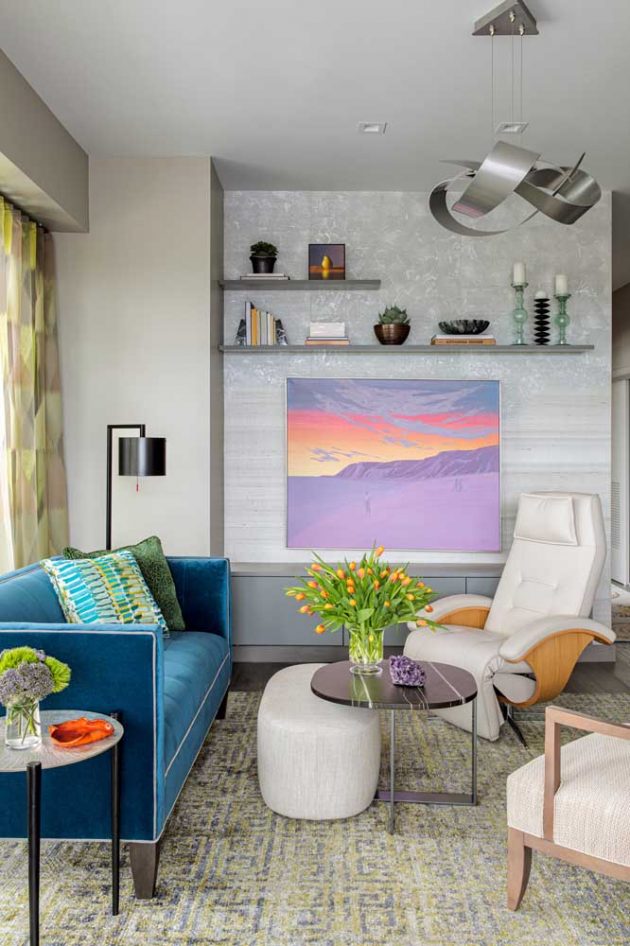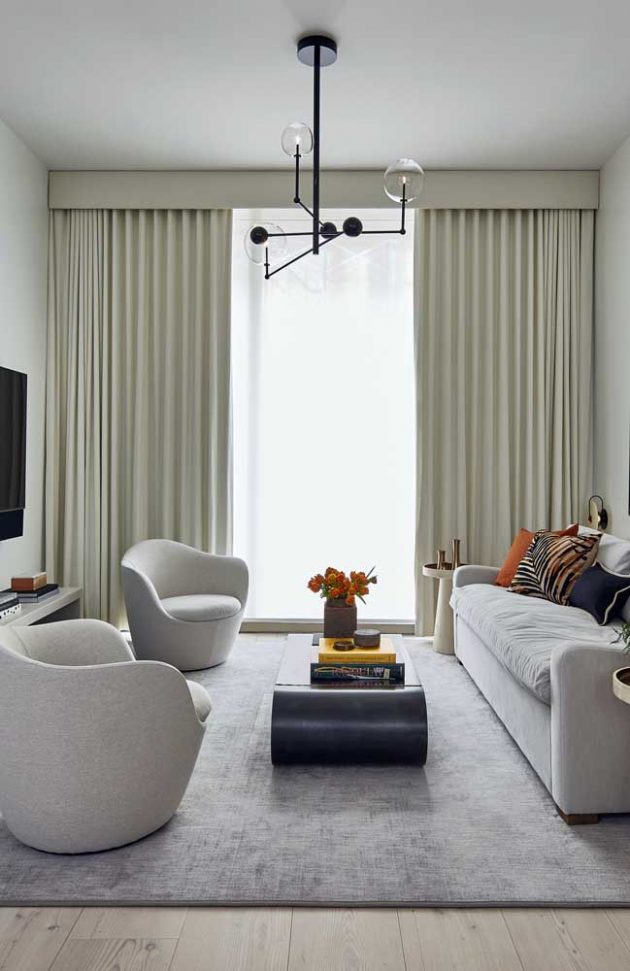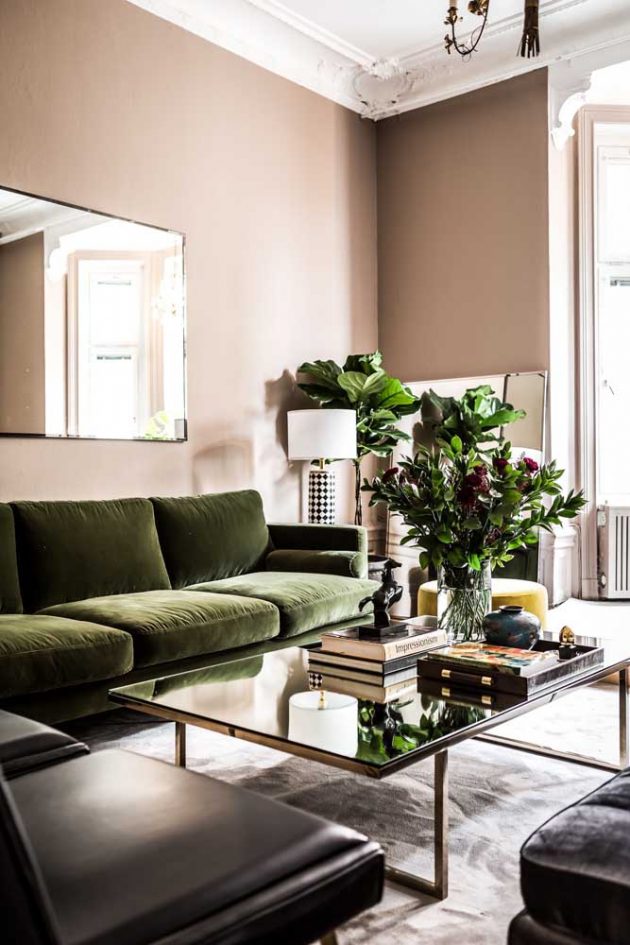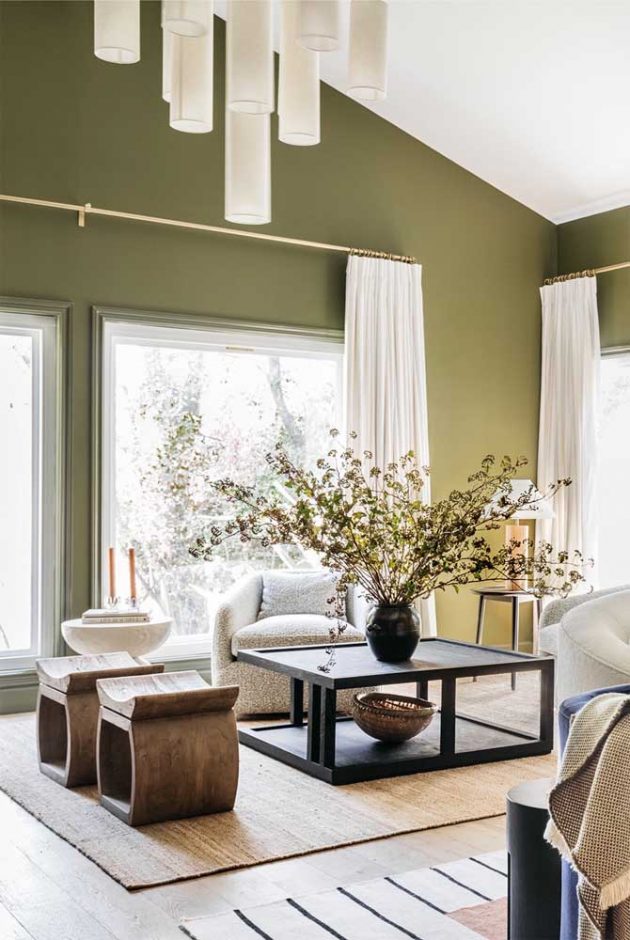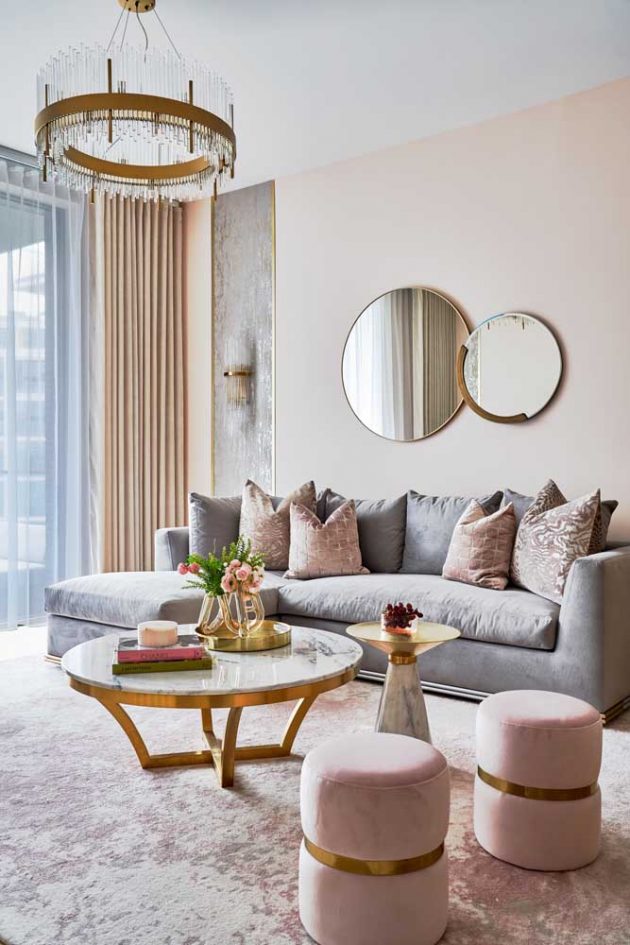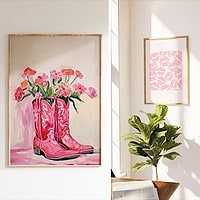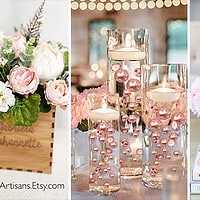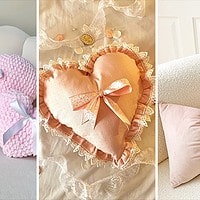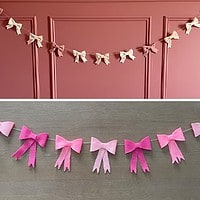Yellow, blue, green, or pink? What colors to use in the living room color palette? At first, this choice may even seem like something complicated. But it just seems. This process is simple and can even be a lot of fun since dealing with colors awakens the playful and creative side.
Keep following the post with us and discover how to assemble a color palette for living room decor.
How many colors to use in the living room color palette?
There is no limit to colors to use in the living room decor palette. But common sense pays off, especially if you don’t feel very confident using multiple colors at the same time.
Just in case, bet on four or five different colors to get a balanced and harmonious color palette for the living room. The first one is called the base color, that is, the one that will appear as the “background” of the decoration. It is usually on the ceiling, floor, and most walls.
The tip to get this color right is to opt for a neutral and clear tone that can be white, but also gray or the classic beige. The second color is the one that will appear on larger surfaces and will stand out more than the background color. This color is usually used on the sofa, rug, curtain, or larger furniture.
The third color is highlighted, giving personality and style to the decoration. It usually appears in details such as blankets, pillows, and potted plants, and prominently on some of the walls.
Finally, the fourth and fifth colors (if applicable) appear more discreetly, being used as a point of contrast or harmony with the other colors.
Learn to use the color wheel
There’s something called a color wheel, and you need to understand how it works if you want to build your own room decor color palette. The color wheel has the twelve main colors (in addition to the undertones) of the visible spectrum. Are they:
Primary colors: yellow, blue, and red
Secondary colors: green, orange, and purple
Tertiary colors: bluish-green, orange-red, and purplish-blue, among other compositions.
Together, these colors can be combined countless times and in very different ways, as you will see below.
Monochromatic composition
The monochromatic color palette is the one popularly known as a gradient. That is, you choose a single color and use its undertones to integrate the palette, going from the lightest to the darkest. This composition is perfect for modern and minimalist environments, for example.
Analogous composition
The analogous color palette is one where colors are combined by similarity. As much as they are different colors, they have a common chromatic matrix. This is the case, for example, of blue and green or yellow and red. Analogous colors are side by side on the color wheel. But to reach a balanced composition use the tones corresponding to each color.
For example, if you want to use a shade of turquoise blue, look for the color similar to it in the circle, which, in this case, would be a shade of medium green, not too light, not too dark. Analogous colors are great for creating classic or modern decorations with sophistication and elegance.
How about now checking out how all this theory applies in practice? Here are color palette ideas for living room decor to inspire you, check them out:
1.
2.
3.
4.
5.
6.
7.
8.
9.



